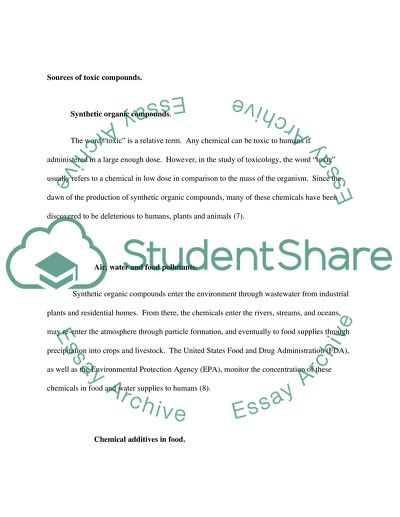Cite this document
(“The Importance of Toxicology in Today's Society Essay”, n.d.)
The Importance of Toxicology in Today's Society Essay. Retrieved from https://studentshare.org/health-sciences-medicine/1578517-toxicology
The Importance of Toxicology in Today's Society Essay. Retrieved from https://studentshare.org/health-sciences-medicine/1578517-toxicology
(The Importance of Toxicology in Today'S Society Essay)
The Importance of Toxicology in Today'S Society Essay. https://studentshare.org/health-sciences-medicine/1578517-toxicology.
The Importance of Toxicology in Today'S Society Essay. https://studentshare.org/health-sciences-medicine/1578517-toxicology.
“The Importance of Toxicology in Today'S Society Essay”, n.d. https://studentshare.org/health-sciences-medicine/1578517-toxicology.


